Dr Hans-Rudolf Weiss – Developing Innovative and Effective Non-surgical Therapies for Scoliosis
Scoliosis, the curving of the spine, is a relatively common condition that develops in early adolescence. Whilst there are surgical options to neutralise the curve, there is no solid evidence for its long-term impact. Dr Hans-Rudolf Weiss is an expert in scoliosis treatments and has dedicated his research to improving the care of scoliosis patients. Through his back brace innovations and novel exercise therapies, he has developed ground-breaking new standards of care for patients. Additionally, through his Schroth Best Practice program, he is educating a new generation of doctors and physiotherapists on his non-surgical methods.
Scoliosis: Symptoms and Treatments
Scoliosis is a curving of the spine that usually appears in young adolescence and can become more severe as a child grows. As the spine curve becomes more prominent, the space within the chest is reduced, and this can impact the function of the lungs and create breathing difficulties in a small proportion of patients. Other scoliosis symptoms include uneven shoulders and waist, one shoulder blade or hip appearing more prominent than the other and one side of the rib cage being obviously pushed forward. This is because the condition usually causes rotation of the spine in addition to the curve.
The exact causes of scoliosis are unclear but as it sometimes runs in families, it may be a hereditary disease. However, some types form as a result of birth defects, injuries and neuromuscular conditions like cerebral palsy. X-ray or magnetic resonance imaging scans can be used to definitively diagnose scoliosis and to determine the severity of the spinal curve. For some children, the condition may be mild enough to not require treatment but others will need help to straighten their spine in order to prevent severe back pain and other complications in the future.
Some children are provided with a back brace, which, according to current standards and qualities, usually does not reverse the curve but can stop it from getting worse and is worn until they stop growing. For severe scoliosis, surgery may be performed. Spinal fusion surgery involves connecting some of the spinal bones (vertebrae) and using a metal rod to keep the pieces still to allow them to fuse. Alternatively, in a procedure called vertebral body tethering, screws and a flexible cord is attached to the spine which can be tightened to straighten the spine.

Credit Hans-Rudolf Weiss
Investigating What We (Think We) Know
Although these treatments are frequently used for scoliosis patients, the long-term effectiveness of surgery is not well-evidenced and more research is needed to improve care. Dr Hans-Rudolf Weiss is an orthopaedic surgeon, physical medicine practitioner and chiropractor in addition to serving as Senior Consultant at Koob Scolitech GmbH in Neu Bamberg, Germany. In his research, he leads an innovative team to build upon our understanding of scoliosis treatments and to develop exciting new treatment methods.
Dr Weiss is the grandson of Katharina Schroth, who developed the ‘three-dimensional scoliosis treatment according to Schroth’ which utilises patient-customised exercises to de-rotate, elongate and stabilise the spine. Through this method, the spine is eased into a more neutral position in its three-dimensional plane. This renowned family background inspired Dr Weiss to build upon existing knowledge and push forward the field of scoliosis care.
Along with Professor Tugba Kuru Colak, Dr Weiss put together a special issue of the South African Journal of Physiotherapy, which covers their broad and in-depth range of scoliosis research. It includes topics such as assessing the reliability of established deformity classification methods and looking into the effect of specific styles of back braces. The issue also has an explorative study into using vision-based augmented reality to educate physiotherapy students on the spine and its possible deformities. It was shown to be a great success, with students demonstrating a significantly higher understanding of spinal anatomy, function and pathologies than control groups.
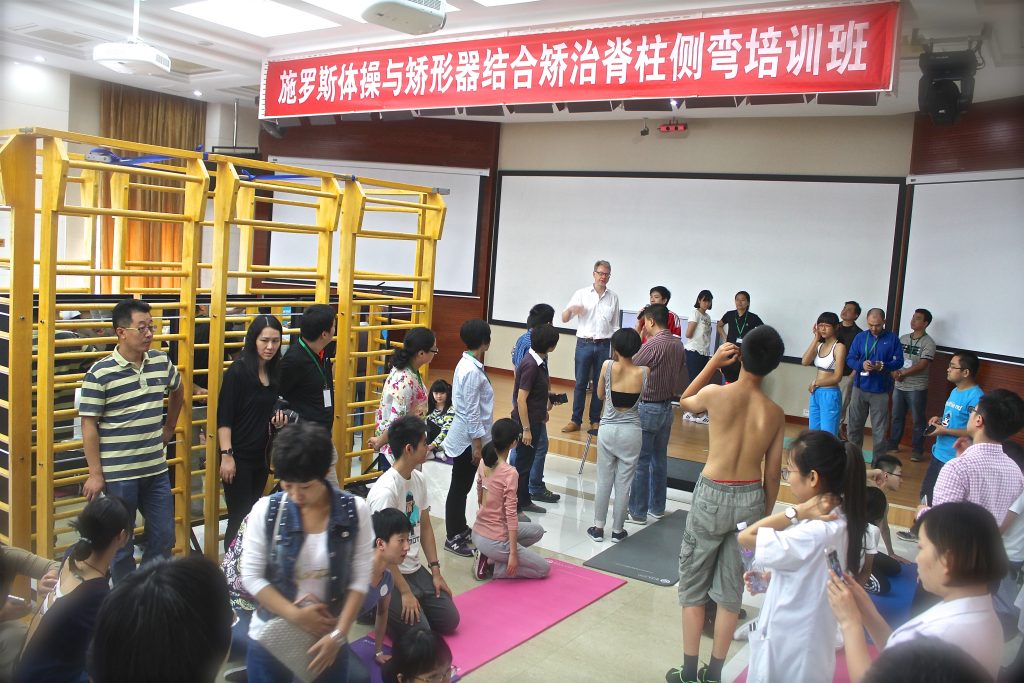
Credit Hans-Rudolf Weiss
Another important paper in this issue is the critical appraisal conducted by Dr Weiss into what evidence is available to demonstrate the long-term effectiveness of scoliosis surgery. He carried out a comprehensive review of the available scientific literature surrounding spinal surgery and discovered that there is no evidence to support the claim that surgery is the best treatment option. This means that long-term variables and possible complications are unknown and therefore, doctors recommending surgery should carefully consider each patient’s case and risks. In addition, though, Dr Weiss says that a wider systematic review of spinal surgery patients is necessary to be able to confidently recommend it as a safe and effective treatment.
Even methods that are considered ‘conservative’ and less invasive (like back braces) are not fully backed by evidence. Back braces can be physically uncomfortable and even painful, which may lead to psychological discomfort and distress. Additionally, methods of brace application and selection are not standardised so patients may not be receiving equitable care. This is in part due to an incomplete consolidation of the scientific literature that could provide a more solid grounding for patient care. According to Dr Weiss, ‘too many contemporaries advertise their own methods without any scientific proof and ultimately cause their patients more disappointment than the joy of a successful treatment.’
As a result, in a narrative review of the literature for the special issue of the South African Journal of Physiotherapy, Dr Weiss found a wide range of success rates for the wide range of different brace applications. Nonetheless, he concluded there is sufficient evidence that back braces can stop curvature progression, improve spine and trunk appearance, and reduce the number of patients needing surgery. He subsequently provided recommendations for proper brace application and maintenance using appropriate information from each individual patient and a standardised computer-aided design. If implemented correctly, this should result in a less stressful and more safe treatment experience, with the best possible patient outcomes. Results should reflect a considerable proportion of patients demonstrating improved curves and significantly improved clinical results (cosmetics).
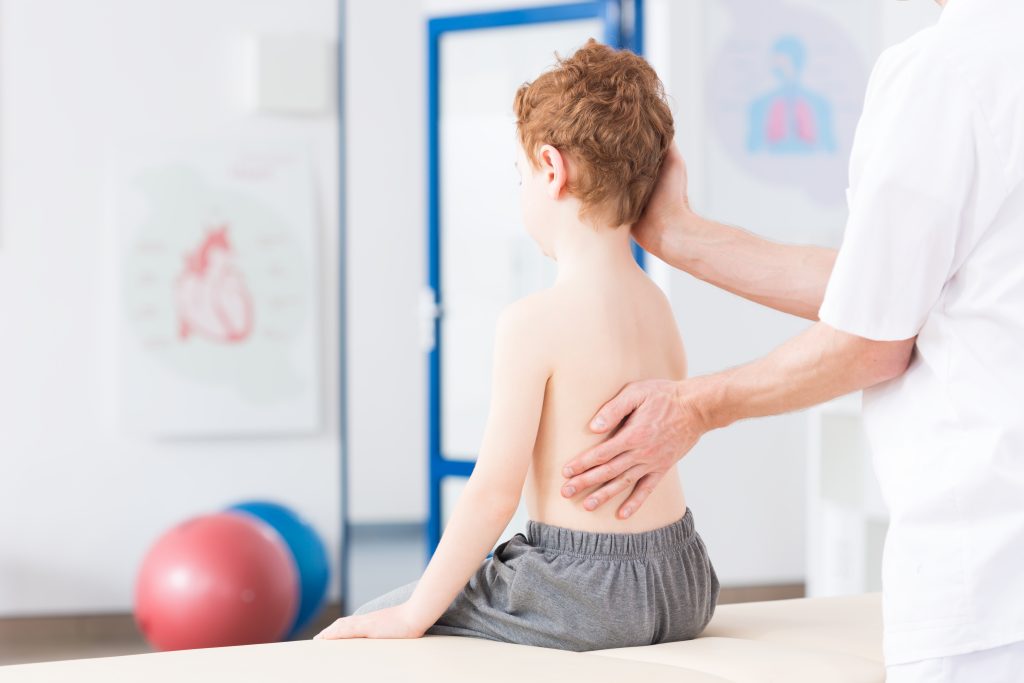
‘Confronted again and again with frightened, disappointed and misinformed children, adolescents and their parents, I felt the desire to change something. These experiences became the driving force behind my efforts to significantly improve non-surgical treatment measures and to make evidence-based information available to patients.’
The Schroth Best Practice Program
Dr Weiss sought to find additional solutions to what he felt were insufficient treatment options, and describes how ‘confronted again and again with frightened, disappointed and misinformed children, adolescents and their parents, I felt the desire to change something’. So, he improved upon existing guidance and built a guidebook for patients and family members to help them help themselves, explaining that ‘these experiences became the driving force behind my efforts to significantly improve non-surgical treatment measures and to make evidence-based information available to patients.’ The guidelines include a therapy for patients to learn postural awareness, thus helping them avoid behaviour that exacerbates the curving of their spines.
In addition to this therapy, Dr Weiss innovated a new back brace concept to overcome the issues that he had experienced as a doctor. This brace adopts a Chêneau style, which is asymmetric to accommodate the curved spine. It also utilises computer-aided design, which removes the need for traditional plaster casting and provides a highly patient-specific brace design. A patient’s trunk is scanned in 3D and their clinical measurements are input to the computer to create a brace model that is a perfect fit. Dr Weiss named this the Gensingen brace after the place in which it was designed and it has proven to be a success. Patients have described it as comfortable to wear, spine corrections have been achieved and they have contributed to a wider-spread improvement in treatment standards, especially for kyphosis and chronic back pain.
Collating his substantial research and progressive ideas, Dr Weiss created the Schroth Best Practice Program in 2010. This brings together his guidelines for scoliosis patients, his modernised exercise treatment and his novel brace designs to form a state-of-the-art teaching program through the Schroth Best Practice Academy. Dr Weiss is a Senior Instructor and Consultant at the Academy, founded in 2010 from small beginnings as a non-profit organisation to become the basis for the training of thousands of international therapists working in the treatment of patients with spinal deformities and making modern treatment techniques available worldwide.
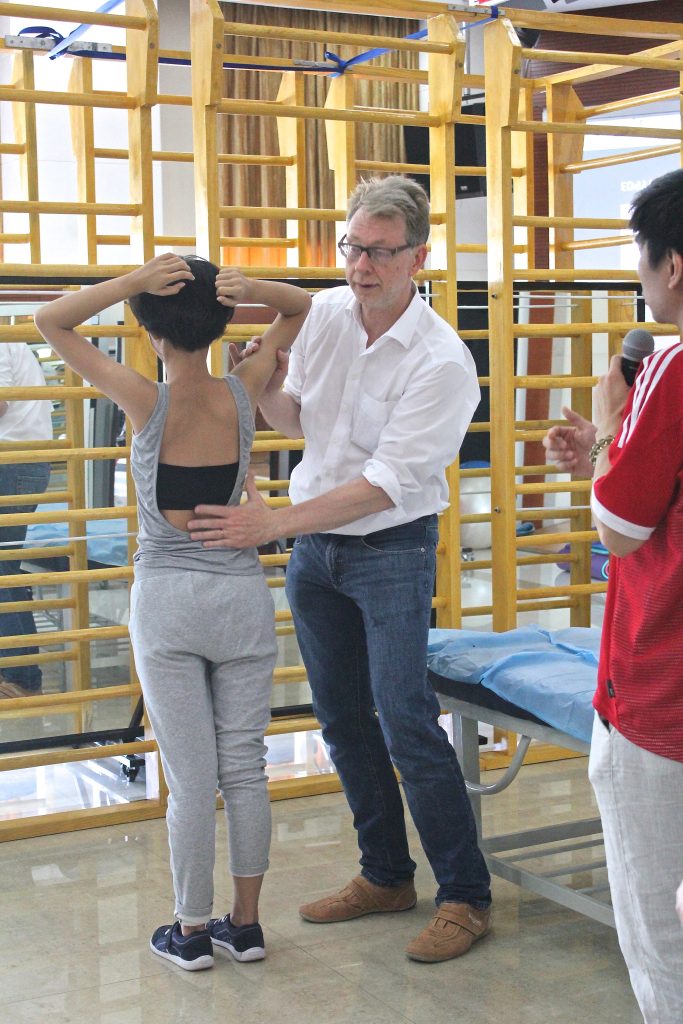
Credit Hans-Rudolf Weiss
The impact of this original approach can be seen in another paper included in the special issue of the South African Journal of Physiotherapy. In this case report, a young girl had developed severe scoliosis and was at high risk for her condition to significantly progress. Normally, she may have been referred for surgery, but in this case, her parental figures declined. Instead, she received a Genisngen brace and intensive treatment according to the Schroth Best Practice program. After 18 months, her treatment had prevented the curve of her spine from worsening and she maintained an improved cosmetic result. By turning down surgery, the patient also avoided the risk of a stiff spinal deformity that can happen as a result.
Although Dr Weiss says more long-term research is needed to corroborate these promising results, he believes this type of high-impact, conservative treatment should be implemented before surgery is considered. In this way, both known and unknown future complications may be avoided.
Dr Weiss’s extensive experience and research have led to ground-breaking new methods including the introduction of extracorporeal shockwave therapy to the treatment of scoliosis, and a new exercise programme aiming at the mobilisation of the spinal cord which might be tethered in certain forms of scoliosis. With positive results and an ongoing, thriving education program, his work has and will continue to change the landscape for what is the best practice for scoliosis patients and their care. This is sure to make a demonstrably positive impact in the lives of those developing and living with spinal irregularities, and their families, all around the world.
SHARE
DOWNLOAD E-BOOK
REFERENCE
https://doi.org/10.33548/SCIENTIA812
MEET THE RESEARCHERS
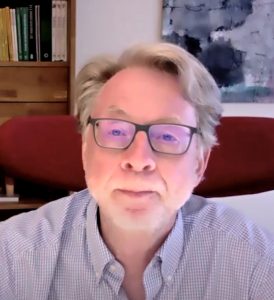
Dr Hans-Rudolf Weiss
Koob Scolitech GmbH
Neu Bamberg
Germany
Dr Hans-Rudolf Weiss studied for his medical doctorate across Germany in Regensburg, Mainz and Frankfurt. His medical work includes serving as an orthopaedic surgeon, a physical medicine practitioner and also a chiropractor. He is the former Medical Director of the Katharina Schroth Spinal Deformities Rehabilitation Center in Bad Sobernheim, Germany and also of the Spinal Deformities Rehabilitation Clinic in Gensingen. Currently, Dr Weiss serves as a Senior Consultant for Koob Scolitech GmbH in Neu Bamberg where he oversees quality management of computer-aided brace designs for his innovative spinal braces created for patients around the world. Additionally, he is Senior Instructor and Senior Consultant for the Schroth Best Practice Academy.
KEY COLLABORATORS
Schroth Best Practice Academy:
- Maksym Borysov, Ukraine
- Dr Marc Moramarco, USA
- Nan Xiaofeng, China
- Dr Budi S. Widjaja, Indonesia
- Ass Prof Tuğba Kuru Çolak, Turkey
- Dr Stanley Chik, Hong Kong
- Prof Sang Gil Lee, South Korea
- Fariba Taheri, Canada
- Lisa Elliott, Denmark
- Pernille Winslow Wied, Denmark
- Amy Elizabeth Heller, USA
- Chiiko Ishihara, Japan
- Dr Yosuke Shiraishi, Japan
- Dr Huiling (Wonderful) Du, China
- Luo Liping, China
- Shaopeng Gong, China
- Dr Regina Varani, Indonesia
- Ass Prof Burçin Akçay, Turkey
- Dr Yhossie Suananda, Indonesia
- Dr Daniel Comerford, Australia
- Dr Julian Wang, Taiwan
- Deborah Turnbull, UK
- Nicos Tournavitis, Greece
- Christa Lehnert-Schroth, Germany
FURTHER READING AND RESOURCES
TK Colak, H-R Weiss, Spinal deformities: Evidence and patient safety in management, South African Journal of Physiotherapy, 2021, 77(2), 1757. DOI: https://doi.org/10.4102/sajp.v77i2.1757
H-R Weiss, TK Colak, M Lay, M Borysov, Brace treatment for patients with scoliosis: State of the art, South African Journal of Physiotherapy, 2021, 77(2), 1573. DOI: https://doi.org/10.4102/sajp.v77i2.1573
H-R Weiss, M Lay, T Best-Gittens, et al., Conservative treatment of a scoliosis patient after two heart surgeries in early childhood – A case study, South African Journal of Physiotherapy, 2021, 7(2), 1588.
H-R Weiss, X Nan, MA Potts, Is there an indication for surgery in patients with spinal deformities? – A critical appraisal, South African Journal of Physiotherapy, 2021, 77(2), 1569. DOI: https://doi.org/10.4102/sajp.v77i2.1569
HR Weiss, Application of extracorporeal shockwaves in the treatment of scoliosis: a case report, Journal of Physical Therapy Science, 2017, 29(5), 946–949. DOI: https://doi.org/10.1589/jpts.29.946
HR Weiss, S Seibel, M Moramarco, Adolescent Idiopathic Scoliosis: Etiological concepts and implication for treatment, OA Musculoskeletal Medicine, 2013, 18, 1(3), 21.
De Tethering via Vibration using Hypervolt™: https://www.youtube.com/watch?v=mbKXoOO-nWY
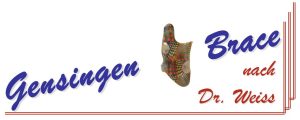
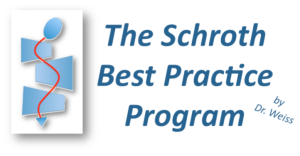
REPUBLISH OUR ARTICLES
We encourage all formats of sharing and republishing of our articles. Whether you want to host on your website, publication or blog, we welcome this. Find out more
Creative Commons Licence (CC BY 4.0)
This work is licensed under a Creative Commons Attribution 4.0 International License. 
What does this mean?
Share: You can copy and redistribute the material in any medium or format
Adapt: You can change, and build upon the material for any purpose, even commercially.
Credit: You must give appropriate credit, provide a link to the license, and indicate if changes were made.
SUBSCRIBE NOW
Follow Us
MORE ARTICLES YOU MAY LIKE
Dr Ralf Adam | New Technologies Shaping the Future of Oral Hygiene
Understanding the efficiency of various toothbrush technologies is essential for achieving optimal oral health. Dr Ralf Adam, who leads a dedicated team at Procter & Gamble in Germany, is keen to investigate the complexities of these technologies. His team have provided new insights into the best toothbrush types for plaque removal and the maintenance of gum health. By highlighting the importance of informed oral care decisions and ongoing investigations, this vital research works towards ensuring everyone can achieve a brighter, healthier smile.
Dr Toby Phesse | Revealing the Mysteries of Wnt Signalling: Novel Approaches to Beating Cancer
Cancer remains a leading cause of mortality worldwide, and the need for new, more effective treatments remains an urgent challenge. Dr Toby Phesse from Cardiff University in the UK focuses on the role of the Wnt receptor found on the surface of cells and its involvement with cell communication and cancer growth, bringing fresh hopes for new therapeutic options.
Dr Vijay Reddy | The Virus World Database: An Invaluable Resource for Public Health and Healthcare
Severe viral disease presents an ongoing challenge to the health of humankind. While unparalleled developments in science and technology are improving our understanding of such viruses, this information needs to be readily accessible to researchers to ensure continued progress in public health and healthcare. Dr Vijay Reddy and his colleagues at the Hormel Institute (University of Minnesota) developed the Virus World database, an invaluable resource that details the genome, structure, and host of practically every discovered virus to date.
Professor Ralf Herwig | Deciphering the Enigma of Vitamin D and the Immune System
Vitamin D has been studied as a treatment for a large number of diseases and conditions, from cancer to autism to COVID-19. However, its mode of action is not completely understood. Professor Ralf Herwig carries out his research at HG Pharma GmbH (Austria) and Ulster University (UK). His vital work explores the role of vitamin D in the body with a view to unlocking its potential as a treatment for a variety of health conditions involving the immune system.





